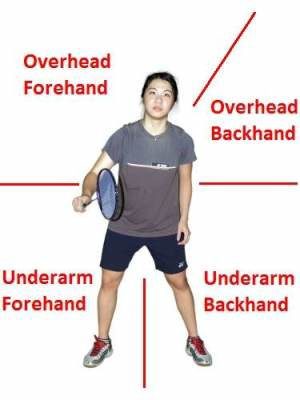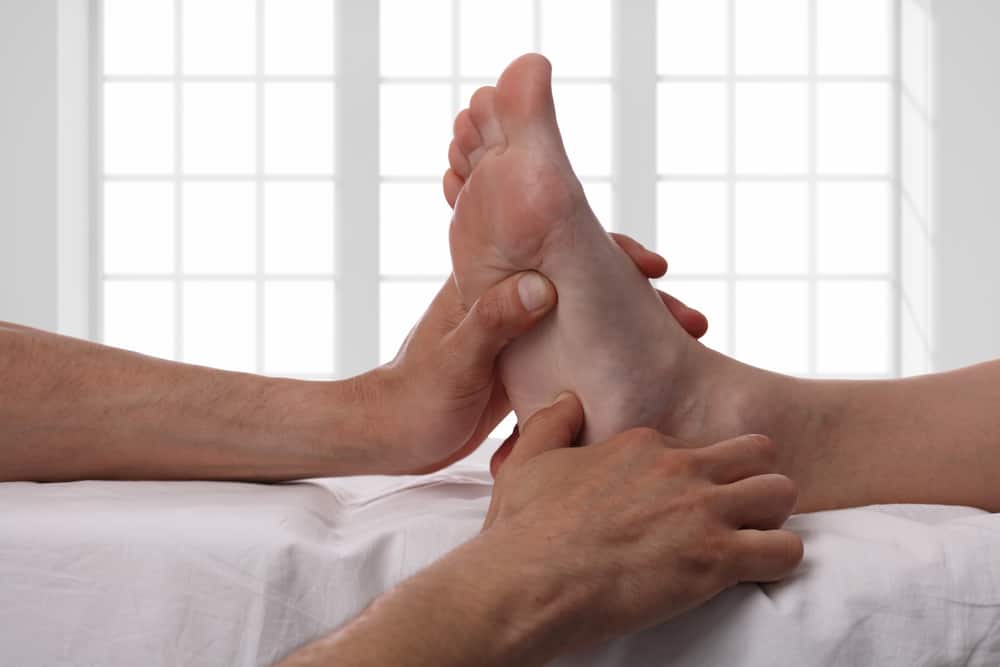Contents:
- Medical Video: Basic Badminton for Beginners.
- Understanding basic badminton techniques
- 1. The technique of being right
- 2. The basic technique of holding a racket
- 3. Basic service techniques
- 4. Basic foot technique
- 5. Basic stroke techniques
Medical Video: Basic Badminton for Beginners.
Badminton is one sport that anyone can do, ranging from young to old. Besides being healthy, this sport is also known to bring happiness to each player because it can be done in pairs or in groups. In fact, badminton is beneficial for children in expanding social interaction with their friends. Interested in trying this sport? Relax, it's not difficult to learn basic badminton techniques for those of you who just want to try or even want to maximize your abilities.
Understanding basic badminton techniques
Basic techniques in badminton or badminton are important things that need to be mastered by anyone who will start learning this type of sport. The goal is to form yourself able to deal with attacks given by your opponent optimally. How to? See the explanation of the following techniques, let's say.
1. The technique of being right
Before you begin to learn the basic types of badminton techniques, it's a good idea to know the right attitude to make it easier for you to do defense and attack optimally during the game.
How:
- Standing position must be upright with both feet ready to maintain body balance.
- Both knees are bent with legs shoulder width apart, followed by a relaxed waist position.
- Position the arm that will hold the racket next to the body as comfortably as possible, and make sure the arm can move freely.
- Always pay attention to the rules during the game.
Once you have mastered all the points above, it means that you are ready to continue training to the next basic badminton technique.
2. The basic technique of holding a racket
One important thing that must be mastered by single badminton players, namely how to hold the racket correctly. Because, if you don't hold the racket correctly, you will have difficulty giving strong service to the opponent's line.
There are two ways to hold a racket that is often used in the field: forehand and backhand. These two techniques are used interchangeably, depending on the situation and conditions of the game. For beginners, you will usually be taught how to forehand first and then proceed with a backhand.
How:
- Basically, the grip needed when handling a racket must be relaxed and not too tight. Easy tips, hold the racket head with your hand, then slowly slide your hand towards the bottom of the racket until you reach the area to hold the racket, find the most comfortable position. This method helps you to find the right angle.
- Place your thumb and index finger to form a sharp V on the racket handle. Pay attention, avoid forming U-round letters. If the letter U is formed, it means there is an error in the way you hold the racket, for example too tight.
- We recommend that you hold the racket on your fingers and not in your palm. This is important to make it easier for you when providing services to smash your opponent.
3. Basic service techniques
Service in badminton is one of the important elements that must be mastered well. Accurate service punches will give you an edge over your opponent.
There are a number of basic service techniques that you can easily learn, including:
- Low forehand service generally used in single badminton sports, by relying on a low striking distance between the shuttlecock and the net line.
- High forehand service almost the same as the low forehand service, it's just that it takes more power to hit the shuttlecock so it can soar and fall behind the opponent's line.
- Backhand service generally used in dual badminton sports. Its function is to drop the shuttlecock through the net or the opponent's line.
- Smash service the punch is actually the same as the usual service, it's just using a very strong hand swing because it aims to outwit your opponent.
4. Basic foot technique
Having good foot movements is important for you to understand. Because the movement of the feet is flexible when playing badminton will make it easier for you to move positions; forward, backward, sideways, even high jump to restore shuttelcock service to the opponent.
In addition, basic foot movements are also important to regulate your balance in the field. Because if it's not balanced, it will be difficult to control the blows of opponents who repeatedly. Even unexpected things will happen if you don't have the right foot transfer pattern, such as an injury.
5. Basic stroke techniques
Stroke in badminton is interpreted as a preparation for players when they want to hit shuttlecock. Once you have successfully learned the basic attitude, how to hold the racket correctly, good service, and proper foot movement, now is the time for you to optimize your abilities by understanding the basic techniques of stroke.
In essence, a stroke is needed to stabilize the movement before you really swing the racket and hit shuttlecock towards the opponent. There are 4 basic stroke techniques, namely:
- Blows overhead forehand
- Blow backhand overhead
- The underarm forehand hit
- Punch of backhand underarm

Source: www.masterbadminton.com
When bait from an opponent moves towards you, prepare a move to serve with 4 punch choices according to the direction of arrival shuttlecock (see in the picture).












